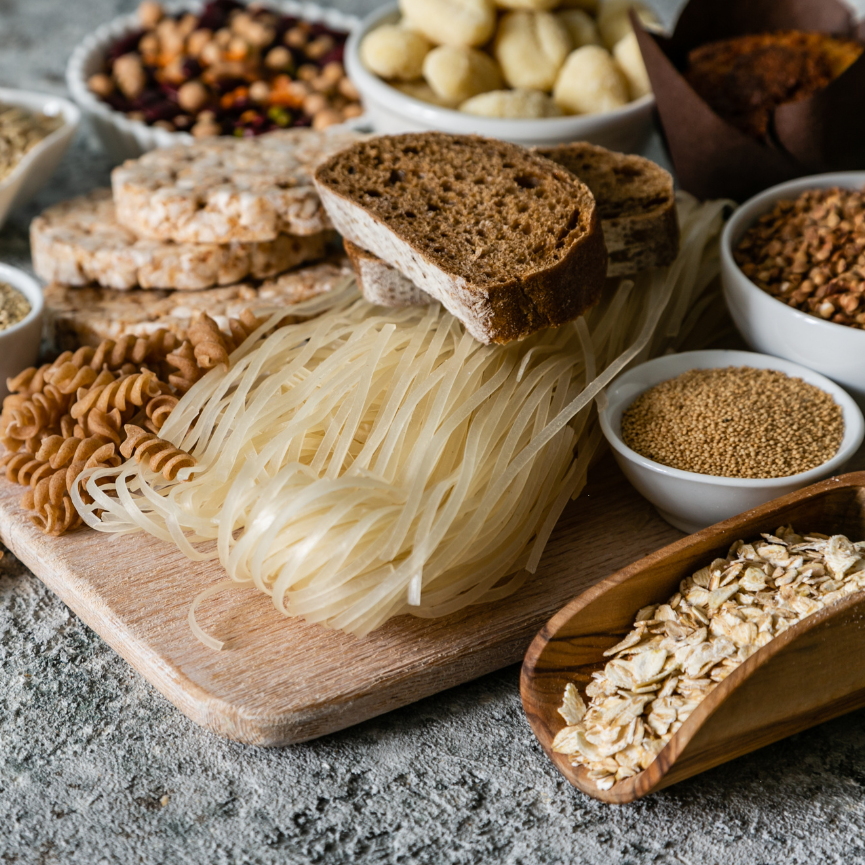
- May 22, 2024
- 164 Views
- 0 Comments
A Comprehensive Guide To The Best Diet For Autistic Children
What foods might be best for our autistic children? Consider experimenting with the gluten-free/casein-free diet for autistic children.
What our children eat has always been a source of concern to us. Their health, their nutrition, and also their particular tastes are what we, as parents, must always be careful of, particularly in the case of our Autistic kids, whose behavior and development might depend upon a gluten-free, casein-free diet.
Around one in five children with autism is on a special diet, according to the Autism Network. Although there is no specific diet for ASD, symptoms may be lessened by limiting certain proteins. The gluten-free, casein-free (GFCF) diet, which is among the most popular, is the dietary intervention that has been the subject of the most research.
What is a gluten-free/casein-free diet for Autism?
The term "GFCF diet" refers to a diet that is free of both gluten and casein. It is one of several alternative therapies for autistic kids.
Any foods containing casein, which is present in milk and dairy products, and gluten, which is present in wheat, barley, and rye, are prohibited from the child's regular diet when using this stringent elimination diet.
Some parents of autistic kids think their kids are allergic to or sensitive to the ingredients in certain meals. Some people get tested for allergies, to be sure. Nonetheless, many parents of autistic children continue to offer the GFCF diet even when there is no evidence of an allergy. They list a shift in speech and conduct as one of the advantages.
How does the gluten-free/casein-free diet for autistic children help?
The rationale for avoiding gluten- and casein-containing foods is that certain autistic children may be allergic to them or have a high sensitivity to them. According to this notion, children with autism digest peptides and proteins in foods that contain gluten and casein differently than typical children.
They claim that a child's behavior is caused by how they react to these chemicals. The nutritional intervention aims to improve cognitive, social, and linguistic abilities while reducing symptoms.
There may be some scientific evidence in favor of the casein- and gluten-free diet theory. Some persons with autistic symptoms have abnormally high levels of peptides in their body fluids, according to researchers.
Which foods contain gluten?
A mixture of several proteins known as gluten can be found in the seeds of many grains, including barley, rye, and wheat.
There are several foods that contain gluten. To give baked goods structure or binding, use gluten. Although it can be challenging to eliminate gluten, many supermarkets, especially natural food stores, include a section of the store dedicated to gluten-free foods.
Nonetheless, it's crucial to check nutrition labels for any gluten-containing additions.
Which foods contain casein?
Dairy foods and other foods containing dairy or lactose contain the protein casein. Casein is present in even products that advertise being lactose- or dairy-free.
While adhering to a rigorous casein-free diet, it's crucial to read labels carefully because many soy products and imitation dairy products also contain casein.
Observe all food labels. Casein and gluten can be found in many different forms and are known by numerous names.
To prevent any nutritional deficiencies, discuss fortified meals and/or supplements with your child's doctor.
Ideas for preparing gluten-free/casein-free meals at home or while dining out
Numerous online merchants focus on selling food items for dieters who follow the GFCF diet.
Many parents prepare GFCF meals in bulk and freeze portions for later meals.
Start the diet slowly. Avoid eliminating all gluten- and casein-containing foods all at once.
Every three to seven days, one new casein- and gluten-free food should be added.
If it does, you will be able to spot the new food that was off. It may take three months to eradicate casein and gluten completely.
Purchase the new foods in tiny quantities. If you know your child likes them, only get them in quantity.
Journal your eating and behavior, and keep track of any changes in your child's behavior and diet.
You can determine whether there is a connection between particular foods and particular behaviors by keeping a journal.
Encourage other calcium-rich liquids, such as: Given that this diet is low in calcium and vitamin D,
- calcium-fortified orange juice.
- calcium-fortified potato milk.
- calcium-fortified rice milk.
- calcium-fortified soy milk.
With a gluten-free diet, the majority of bread and grain items are off-limits.
Ensuring that the child (or another individual) gets enough fiber, vitamins, and minerals is crucial to do so. While eating gluten-free foods, supplementation can help make up for the loss of essential nutrients.
In addition, watch out for hidden sources of gluten before introducing a gluten-free/casein-free diet to a child with autism.
Flour-dusted fried meals, as well as several cosmetics and pharmaceuticals, all include gluten.
Nuts, fruits, and vegetables are examples of whole foods that may be safe.
But stay away from using packaged mixes, as there can be traces of gluten-containing items that aren't identified on the nutrition label.
A licensed dietitian nutritionist can identify any nutritional dangers associated with your child's food, respond to your inquiries on the efficacy and security of nutrition therapies and supplements promoted for autism, and assist in teaching your child healthy eating and living habits.
Consult your child's pediatrician before switching to a GFCF diet. In order to promote healthy growth and development, it is crucial for children to consume a variety of foods that are balanced in terms of essential vitamins, proteins, fats, and carbohydrates.
You can learn more about the GFCF diet from a qualified nutritionist, who can also assist you in customizing it to your child's dietary requirements and palate.



Comments - 0 comments till now